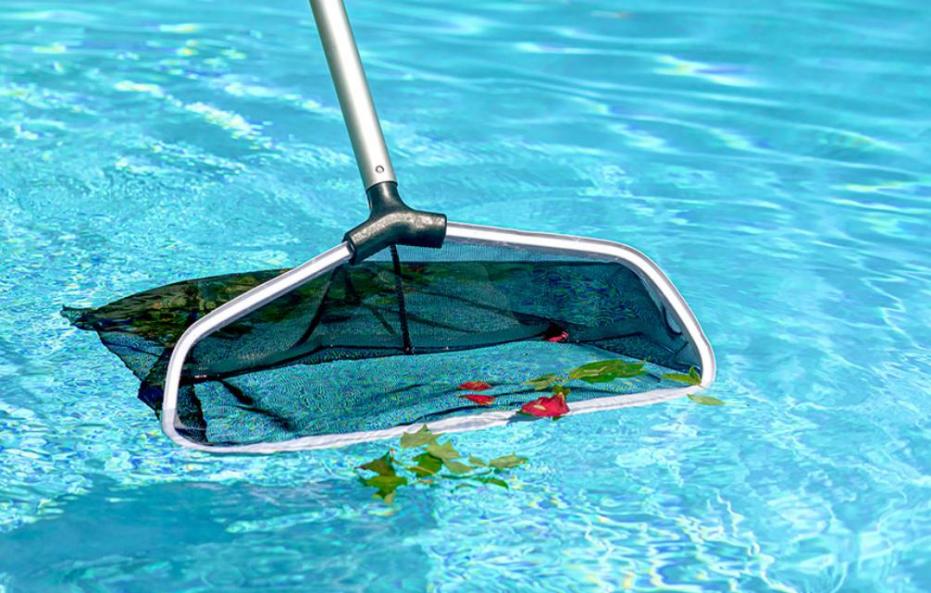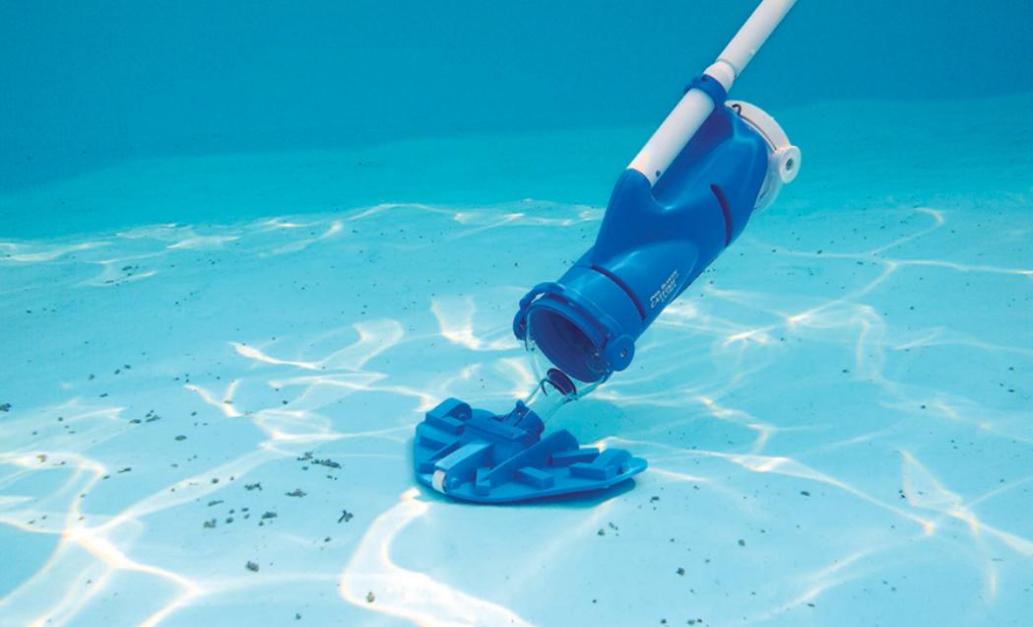
How to Clean a Pool with a Vacuum: Essential Tips for Sparkling Clean Water
by
Tomasz David
Maintaining a clean pool is vital for an enjoyable swimming experience. Regular cleaning prevents debris, algae, and dirt build-up, ensuring the water remains inviting. One effective method for keeping your pool in top condition is using a pool vacuum. This guide provides essential tips on how to clean a pool with a vacuum cleaner. We’ll cover everything from preparation to maintenance, ensuring you have all the information you need for sparkling clean water.
Why Use a Pool Vacuum?
A pool vacuum offers numerous benefits compared to other cleaning methods. It efficiently removes dirt, debris, and algae that can build up over time. Let’s explore the advantages of using a pool vacuum and why it’s an essential tool for keeping your pool clean.
Benefits of Using a Pool Vacuum Over Other Methods
A pool vacuum offers numerous advantages. Unlike handheld nets or skimmers, a vacuum thoroughly cleans the pool’s floor and walls. It eliminates the need for manual scrubbing, saving time and effort. A vacuum also removes fine debris that other methods might miss, ensuring a more comprehensive clean. Furthermore, using a vacuum helps maintain the pool’s filtration system by reducing the strain caused by large debris.
Types of Pool Vacuums and Their Effectiveness
There are three main types of pool vacuums: manual, automatic, and robotic. Manual vacuums are cost-effective and give you control over the cleaning process. Automatic vacuums, or suction-side vacuums, connect to the pool’s filtration system and move around the pool on their own. Robotic vacuums are the most advanced and operate independently of the pool’s system, providing a thorough clean with minimal effort. Each type has its advantages, but robotic vacuums are often considered the most efficient and user-friendly.

Step-by-Step Guide: How to Clean a Pool with a Vacuum
Cleaning your pool with a vacuum is a straightforward process when done correctly. Let’s walk through the essential steps to ensure effective pool cleaning.
Preparing the Pool for Vacuuming
Before vacuuming, ensure the pool’s water level is at the proper height. Remove large debris such as leaves and branches with a skimmer net. Check the pool’s filtration system and backwash if necessary. Ensuring the correct pH and chlorine levels will also help maintain water quality during and after vacuuming.
Connecting the Vacuum to the Pool System
For manual and automatic vacuums, begin by attaching the vacuum head to the telescoping pole. Connect one end of the hose to the vacuum head and the other end to the pool’s skimmer or dedicated vacuum port. Submerge the vacuum head and hose, allowing water to fill the hose to prime it. Once primed, attach the hose to the skimmer or vacuum port. For robotic vacuums, follow the manufacturer’s instructions for setup and operation.
Vacuuming the Pool Floor and Walls
With the vacuum connected, begin cleaning the pool’s floor. Move the vacuum head in slow, overlapping strokes to ensure all areas are covered. Pay special attention to corners and steps where debris often accumulates. For pools with excessive dirt or algae, you may need to vacuum more than once. After the floor is clean, switch to the walls and use the same method. Be thorough to prevent algae growth and keep the pool looking pristine.
Common Pool Vacuuming Problems and How to Fix Them
It’s common to encounter issues while vacuuming your pool. Let’s explore how to troubleshoot and fix some of these problems.
Addressing Suction Issues
If you notice reduced suction, check the hose for leaks or blockages, and ensure the vacuum head and all connections are secure. Sometimes, suction problems can arise from a dirty filter or low water levels in the vacuum. Regular maintenance, such as cleaning the filter and following proper setup procedures, can prevent most suction issues and keep your vacuum performing optimally.
Cleaning the Vacuum Filter and Hose
A clogged filter can severely hinder the vacuum’s performance, leading to reduced suction power and inefficient cleaning. To maintain optimal performance, regularly check and clean the filter according to the manufacturer’s recommendations. Additionally, rinse the hose after every use, inspecting it for any blockages or damage. Proper maintenance of the filter and hose ensures efficient operation and extends your vacuum’s lifespan.

Tips for Maintaining a Clean Pool Vacuum
Proper maintenance of your vacuum ensures long-lasting efficiency. Follow these tips to keep your vacuum in top shape and ready for use.
Regularly Inspecting the Vacuum Parts
Frequent inspections are essential to keep your vacuum in top condition. Regularly check for wear and tear on hoses, brushes, and wheels, and replace any damaged parts immediately to avoid further complications. Additionally, make sure to clean the vacuum thoroughly and remove any debris to improve its suction power and extend its overall performance and lifespan.
Proper Storage to Extend the Life of Your Vacuum
Store your pool vacuum in a cool, dry place away from direct sunlight. Ensure all parts are clean and dry before storing to prevent mold and mildew growth. Coil hoses loosely to avoid kinks or damage. Proper storage practices will keep your vacuum ready for use and ensure it lasts for years.
Conclusion
Regular pool vacuuming is essential for maintaining a clean, sparkling pool. By learning how to clean a pool with a vacuum and following the steps outlined in this guide, you can ensure your pool is always ready for a refreshing swim. Maintenance and proper storage of your vacuum further enhance its effectiveness and longevity. With these tips, keeping your pool clean and inviting is a breeze.
FAQ
How often should I vacuum my pool?
For best results, vacuum your pool once a week. More frequent cleaning may be necessary in pools with high usage or surrounding debris.
Can I use a manual vacuum on an above-ground pool?
Yes, manual vacuums are suitable for both in-ground and above-ground pools. Make sure to follow the manufacturer’s instructions for setup and operation.
Why is my pool vacuum losing suction?
Suction issues can result from a clogged filter, air leaks, or blockages in the hose. Regular maintenance and proper assembly can prevent most suction problems.
Leave a Comment